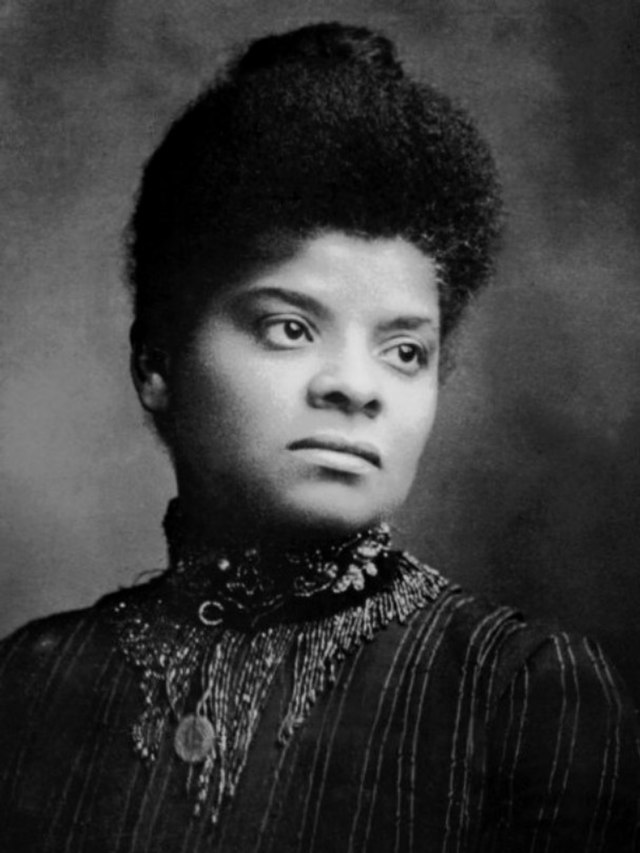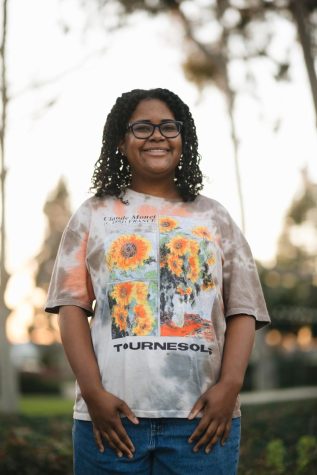In the United States, March is Women’s History Month. Although this month is meant to recognize the contributions of all women regardless of race or ethnicity, many women of color — who have contributed to historical events and accomplishments alongside white women — are oftentimes left to ambiguity. For example, an article by Dr. Megan Bailey, recounted how “the National American Woman Suffrage Association prevented Black women from attending their conventions. Black women often had to march separately from white women in suffrage parades.”
Bailey goes on to write about how when Susan B. Anthony and Elizabeth Cady wrote the History of Woman Suffrage in the 1880s, they focused on white suffragists while disregarding the contributions of African American suffragists. Feminism has historically prioritized equality for white women and disregarded the disparities that are unique to women of color in the United States. This injustice leads to many women of color being excluded from a movement that should inherently include all women. Additionally, as summarized in an article by Dr. Monnica T. Williams, this can lead many women of color to “…want nothing to do with the feminist label, period.”
HISTORY
The women’s rights movement has consistently centered on the issues of middle-class white women and excluded women of color. For instance, in 1920, women were given the right to vote in the United States through the 19th amendment. This amendment, however, did not apply to black women or to other women of color. Despite the fact that Native American women gained citizenship through the Snyder Act of 1924, they were unable to exercise this right until around 1962.
It wasn’t until 1965 that Black women were given the right to vote under the Voting Rights Act, and Hispanic women got their right to vote in 1975. Hispanic women were subjected to minority language-based discrimination up until 1975, when an extension to the Voting Rights Act was added. This extension prevented language discrimination, thus extending voting rights to women who could not speak English. All of these things were due to many factors, including poll taxes and literacy tests, which were used as intimidation tactics to keep women of color from having political voices.
In an article that was published by Independent, the anonymous author highlights the research of Sally Roesch Wagner, which shows how white suffragists were inspired through their interactions with Native American women.
According to Wagner’s research, “many of the suffragists interacted with native women and saw the political power and respect they received.” Besides the influence of indigenous women, there were Black women like Ida B. Wells and Mary Terell who were ignored despite their impact in the feminist movement.
Later on, the article goes on to say that “Wells, an investigative journalist and civil rights activist, fought for racial equality on the international stage while Terrell, one of the first African American women to earn a college degree, appealed to white suffragists to acknowledge the plight of African American women.”
Through these instances in history, it is evident that women of color not only made a contribution to feminism, but they are the blueprint and the founders of feminist principles. The fact that the very women of color who began the feminist movement are often ignored in celebration and remembrance during women’s history month doubles down on the feeling of injustice.
WHAT THIS MEANS TODAY
In an article about the problems with white feminism, Williams brings awareness to the plight of missing Indigenous women and how it seems like no one is drawing attention to this issue. “There is a really disturbing pattern of missing and murdered Native American women and girls throughout North America, and families can’t get authorities to help find them,” Williams wrote. “Apparently, these especially vulnerable women can be abused and murdered with no consequences at all.”
According to the CDC, Black women are three times more likely to die in childbirth than white women. Additionally, according to an article from CNN, there is new data that shows that Black women are also three times more likely to have complications in childbirth than white women. The article also states that although there are lawmakers who are advocating for Black women in maternal care, it seems that the only ones who are doing this work are Black women, along with Natalie Hernandez, the interim director of Morehouse School of Medicine’s Center for Maternal Health Equity, who “blames racism and discrimination for the poor health outcomes many Black moms face.” In order for feminism to truly be about the rights of all women, the movement needs to include all demographics of women.
In the same article, Hernandez claims that there is an issue with the way disparities, especially those in Black women are handled.
“We’re thinking of these Band-Aid solutions, ‘Oh, if providers get this training on racism, they’ll be OK,’ Hernandez said. “Other countries get it right. We need to trust Black women; we need to hear Black women.”
In another article, which was written by the California Commission on the Status of Women and Girls, the organization made the commitment to be “intentionally inclusive of all women, particularly Black, Brown, and Indigenous women,” and “to celebrate the contributions of women of color specifically to the struggle that made votes for women possible.”
When we start to make efforts to include women of color, celebrate their accomplishments, and listen to them, we allow them to feel more welcomed in a movement where they should have a voice. Biola in particular has done a wonderful job at exemplifying this. This is because during university events, like the annual luncheon, women from diverse backgrounds have discussed their experiences as Christian women.












